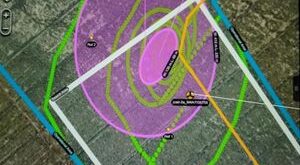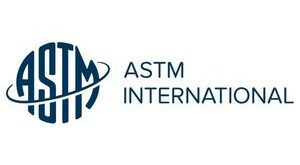The advancement of the U.S. drone industry hinges on identifying and tracking drones flying in the airspace, a concept known as remote identification. While mandatory remote ID regulations will take years to finalize and implement, the Federal Aviation Administration can take steps in the interim to incentivize voluntary remote ID compliance, paving the way for expanded UAS operations.
In its recent comments on a proposed remote ID rule, the Association for Unmanned Vehicle Systems International detailed several ways the FAA could encourage voluntary remote ID compliance. The FAA could give preferential treatment to compliant operators when processing waiver applications for those wishing to fly drones beyond the current regulations; increase airspace access for voluntarily compliant operators; or even offer financial rebates for manufacturers or reimbursement for the knowledge exam taken by aspiring commercial drone pilots that have successfully completed a recognized practical training course that adheres to remote ID standards. Giving operators incentives to comply before the regulatory mandate on remote ID takes effect will help smooth the transition, ensure safer and more secure operations and bring us closer to fully integrating drones into the national airspace.
Remote ID regulations are needed to enable advanced and expanded operations, which will have significant benefits for our economy and society. For example, other countries have reduced delivery times and costs dramatically by using drones, which can reach people in remote areas and provide vital resources to communities impacted by natural disasters. Limited tests in the United States have already successfully delivered everything from candy to critical medical supplies. Remote ID makes these expanded operations possible because it serves as the linchpin needed to advance future rulemakings, including flights over people and beyond visual line of sight. Currently, the FAA permits these expanded operations on a case-by-case basis; their widespread adoption will reduce barriers to innovation and allow industries from construction to agriculture to real estate to use drones in new and transformative ways.
Just as operators should not wait to begin complying with the FAA’s remote ID regulations, the FAA should not wait until they are implemented to proceed with these and other rules that will allow the drone industry to truly take off. Rulemaking takes time, and the FAA should continue the process for expanded operations such as flights over people or beyond visual line of sight before remote ID is fully in effect to avoid any unnecessary delays.
Remote ID technology will not just unlock new opportunities for drone operators, it will help improve the safety of our airspace. Remote ID will provide airports, law enforcement and federal governments with a critical tool to identify and distinguish authorized drones from those that may pose a security threat. The information that officials glean from the drone will allow them to punish operators misusing the technology – such as those flying too close to airports without authorization – and deter others from doing so.
We have made progress thus far in developing rules for remote ID because government and industry have come together in a collaborative process to achieve our mutual goals of supporting innovation and keeping our skies safe. The FAA’s UAS Identification and Tracking Aviation Rulemaking Committee (ARC), for instance, in 2017 developed recommendations for remote ID that helped inform the FAA’s proposed rule. More recently, ASTM International published a set of consensus standards for remote ID that aim to encourage consistency and compliance on a global scale. The findings and recommendations from both of these bodies, and response comments from the public and industry stakeholders, will assist the FAA’s rulemaking process.
Industry-government collaboration has allowed the U.S. drone industry to flourish thus far. We must do all we can to continue to foster this exchange of ideas and concepts going forward and work together to ensure compliance with remote identification standards, support the safe integration of drones into the airspace and allow operators to tap into the full potential that this technology stands to offer.
Brian Wynne is the president and CEO of the Association for Unmanned Vehicle Systems International.
 Unmanned Aerial Vehicle The latest drone news
Unmanned Aerial Vehicle The latest drone news


